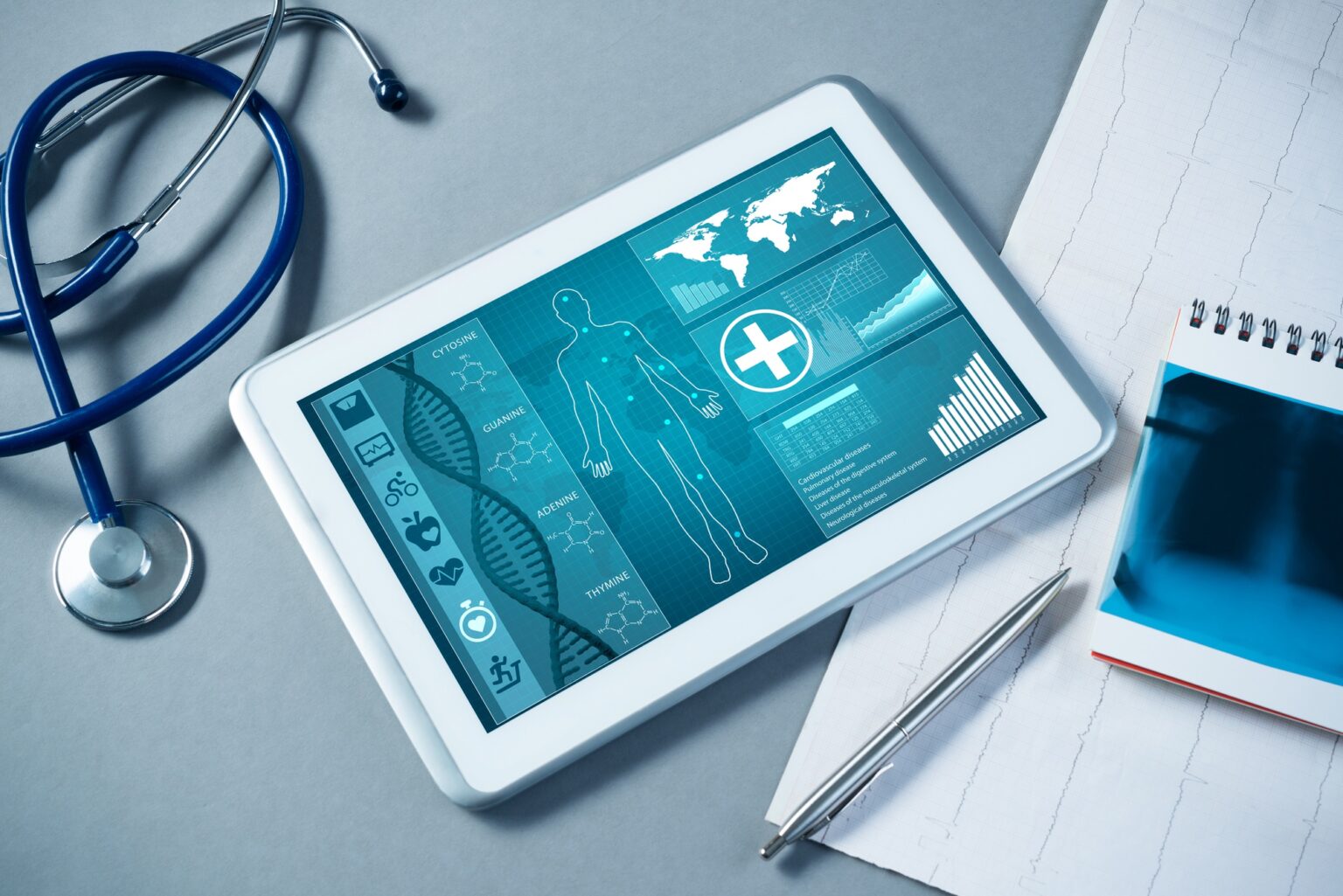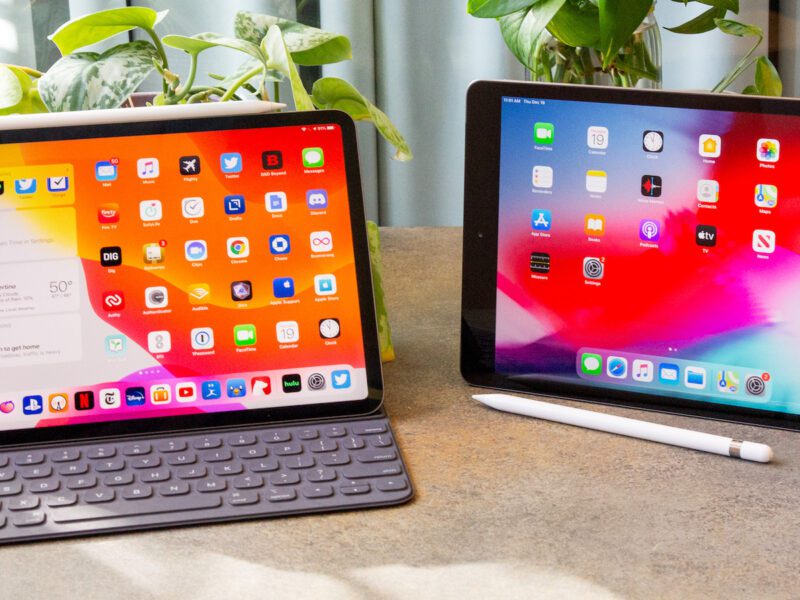
Smart Technology Devices In Healthcare
How can we forget the role of technology in healthcare? Thanks to technological advancements in healthcare, many lives have been saved. Even a heart transplant is now possible that can give a new life to the sufferer. What medical improvements coming next is impossible to predict, since new technology in healthcare continues to develop over time. In this article, we discuss how crucial smart technology is for healthcare and what are recent medical innovations.
Role Of Smart Medical Devices In Healthcare
The digital revolution in healthcare depends heavily on medical gadgets. Thanks to sophisticated algorithms that collect and evaluate patient data, they can assist healthcare professionals in providing patients with appropriate diagnoses, efficient treatments, and individualized care. Furthermore, wearable technology and telemedicine platforms provide patients with new ways to interact with and take control of their health.
The term “smart healthcare” itself may be used to refer to a variety of medical technologies that treat patients through connection. IoMT (Internet of Medical Things) technology, for instance, may be used to remotely monitor, screen, and treat patients across the continuum of care. This implies that, from a management standpoint, these devices’ utilization may be optimized, eventually resulting in lower operating costs. Another way to improve the efficiency of an institution like a hospital is to employ location services.
Smart Medical Devices In HealthCare
Let’s look at a few examples of how the healthcare industry is utilizing smart technology to improve proactive care practices, improve patient experiences, and make the world healthier.
-
Healthcare Wearables
Smart wearables are a class of electronic devices that can be integrated into clothes, worn as an accessory, implanted in the body, or even tattooed on the skin. However, wearables will not be discussed as toys but rather as a significant advancement in the medical field. Smartwatches, for instance, give information on blood vitals, blood oxygen saturation, and heart rate, making it possible to remotely check on a patient’s status. Additionally, wearables like pedometers and other sensors can gauge a patient’s physical health.
Smart hearing aids and biopatch technology are two more wearables that enhance medical diagnosis of a patient’s condition in addition to smartwatches. Biopatches can provide more information about a person’s health. Artificial intelligence can also be used to improve the noise isolation of hearing aids.
-
Automated Monitoring Systems (Smart Inhalers)
A rising trend that transcends traditional healthcare and into common society is the remote monitoring of patient’s medical conditions. Many individuals now use fitness trackers and smartwatches as normal equipment to monitor several health parameters, including blood oxygen levels, heart rate, irregular heartbeats, and more. Healthcare professionals are using equipment to monitor patients’ symptoms continually and make proactive treatment decisions based on patterns and forecasts in data. One smart medical device that can save lives is smart inhalers, which remind patients when to take their doses to keep a healthy schedule and assist patients in tracking their consumption.
-
Smart Medical Beds
Smart hospital beds are among the most crucial components in patient rooms within all types of medical institutions. They are great for improving patient movement on the other,
To provide patients with more precise treatment, manufacturing businesses have endeavoured to integrate cutting-edge technology with the demands of the medical industry, resulting in beds that are created with novel uses. These days, manufacturers offer wireless smart beds with a built-in device that connects to the nursing station directly. This allows the nurses to closely monitor the patient’s vital signs, keep an eye on his condition, and monitor it remotely. They can also keep track of the patient’s condition remotely, taking into account the patient’s schedule.
If you or your loved one experiences problems with immobility, you can provide your loved one with a hospital bed at home. Luckily, you can rent a hospital bed for your patient rather than staying in a hospital. The hospital bed rental price is more affordable than buying price. Rental service will offer you a variety of smart hospital bed options at reasonable prices. It’s upto you what you decide as per your patient’s needs.
-
3D Printer
One of the newest and most popular technologies available is the 3D printer. These revolutionary printers in the medical field have the potential to produce implants and even joints that will be utilized in surgery. Because 3D-printed prostheses are completely custom and can be made to an exact match in millimetres thanks to digital functionality, they are becoming more and more popular. The provides previously unheard-of levels of comfort and movement.
Presurgical planning with 3D printing is becoming more and more popular. Surgery professionals are now able to undertake treatments they would not have been able to do in the past by using a realistic duplicate of an actual patient’s anatomy. The use of 3D-printed models to design and practice difficult surgical procedures might potentially decrease recuperation times and operating room time, while simultaneously increasing success rates.
-
AR Glasses And Smart Contact Lenses
Augmented and virtual reality (AR and VR) have several applications in the medical field. These technologies enable multiple connections between the digital and physical worlds. Artificial intelligence is the key technology enabling the development of augmented reality Image recognition may be used to identify cancer. Virtual reality (VR) has applications in physical treatment, such as treating phobias and emotional trauma. Physicians may see into patients’ bodies by superimposing 3D scan data and CAT scan results on AR glasses. Microsoft is one of the companies that creates mixed reality glasses; they invented the HoloLens. Advanced optical technology is used in the construction of Smart Contact Lenses, expanding human potential. They offer relief to individuals from allergic conjunctivitis.
-
Smart Toilets
Doctors can learn a great deal about your health from your body fluids. Additionally, ongoing monitoring might assist in identifying any changes or indicators that can point to health that isn’t at its best. “Smart” toilets, which gather samples and provide data, may eventually be a fixture in your bathroom. They could be useful in identifying disease indicators for conditions like urological or colorectal malignancies. For people who are genetically predisposed to illnesses like renal failure, prostate cancer, or irritable bowel syndrome, they may be beneficial.
Conclusion
Smart medical technology is revolutionizing the field in several ways. Physicians may leverage data, artificial intelligence (AI), and other cutting-edge new tools to make more proactive, data-driven healthcare decisions now that more patients have access to monitoring treatment alternatives.
The advantages of medical device technology are substantial, with the potential to enhance patient outcomes, lower healthcare costs, and address health inequities, even in the face of obstacles like regulatory constraints and worries about data security. Medical device companies must emphasize patient safety and data security, stay flexible in the face of shifting market conditions, and keep spending money on research and development to stay in business as the sector continues to change.







